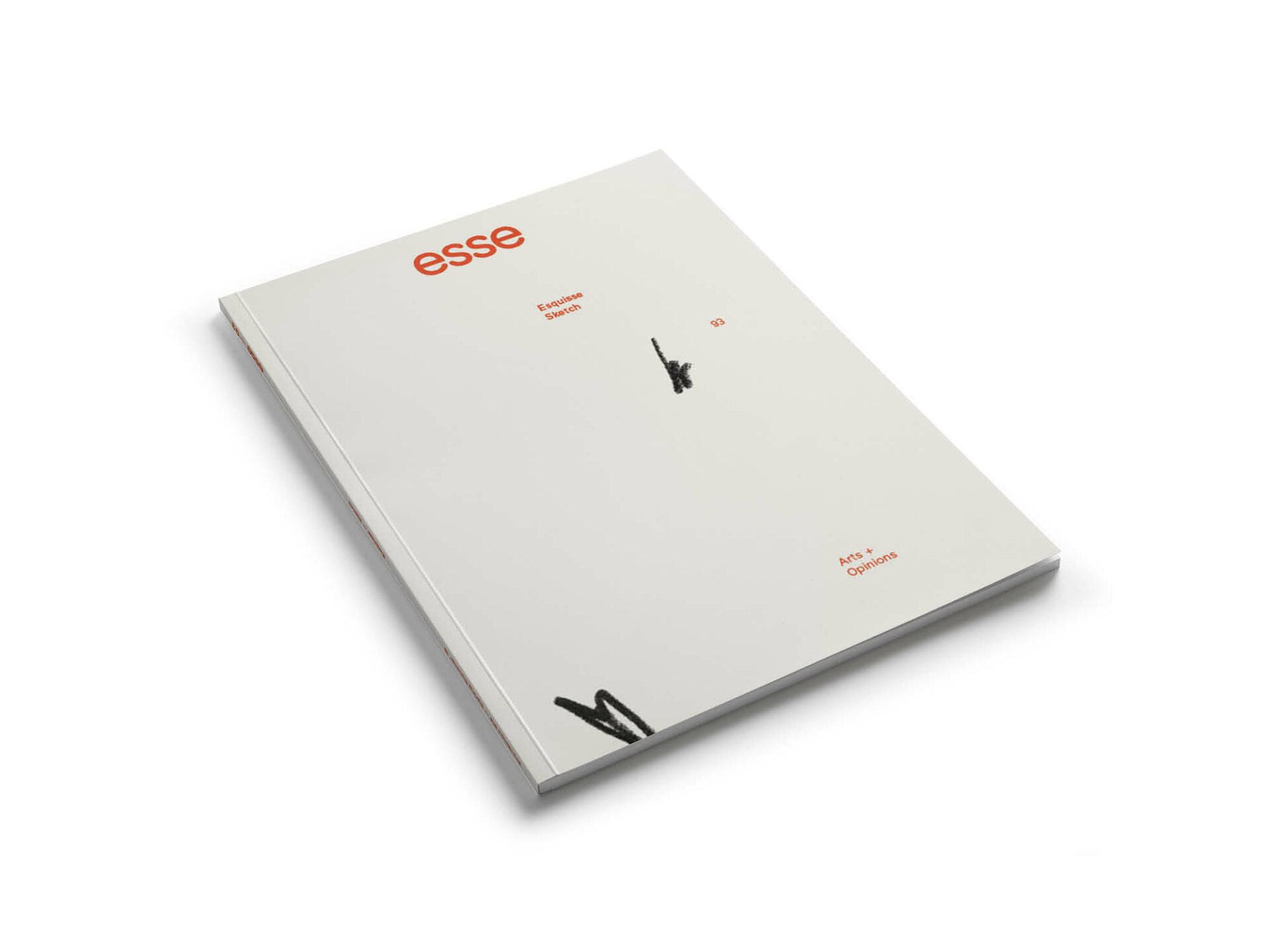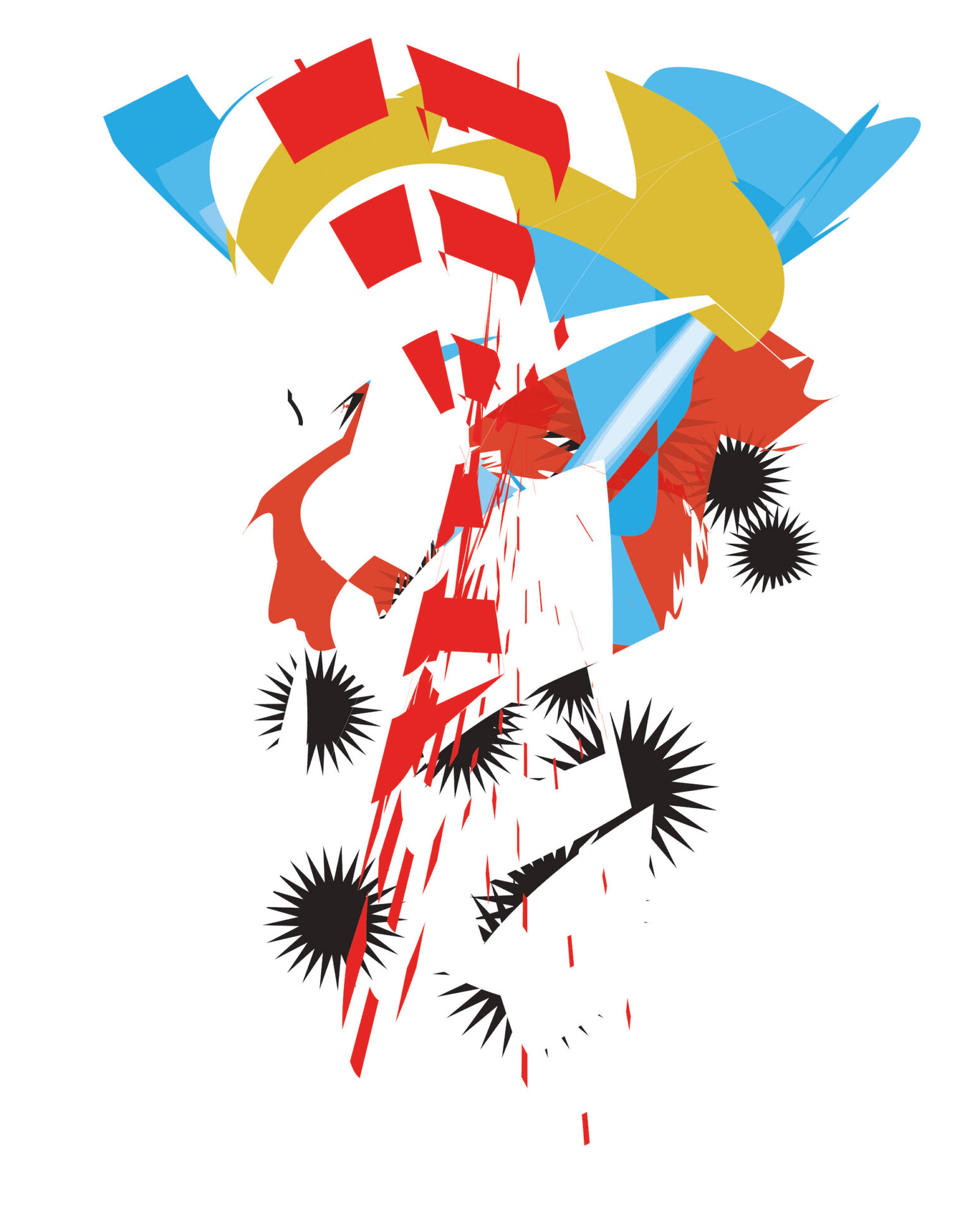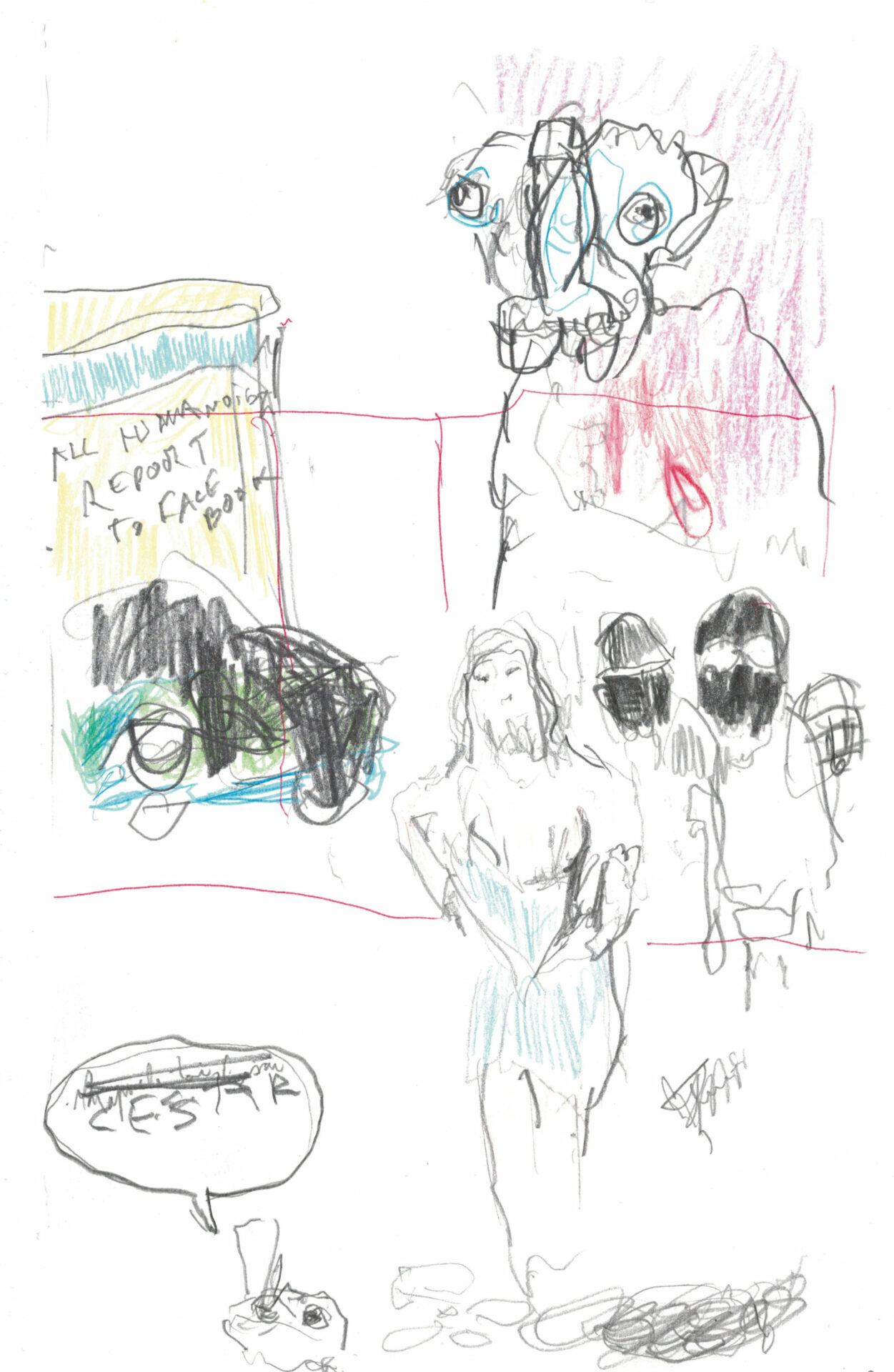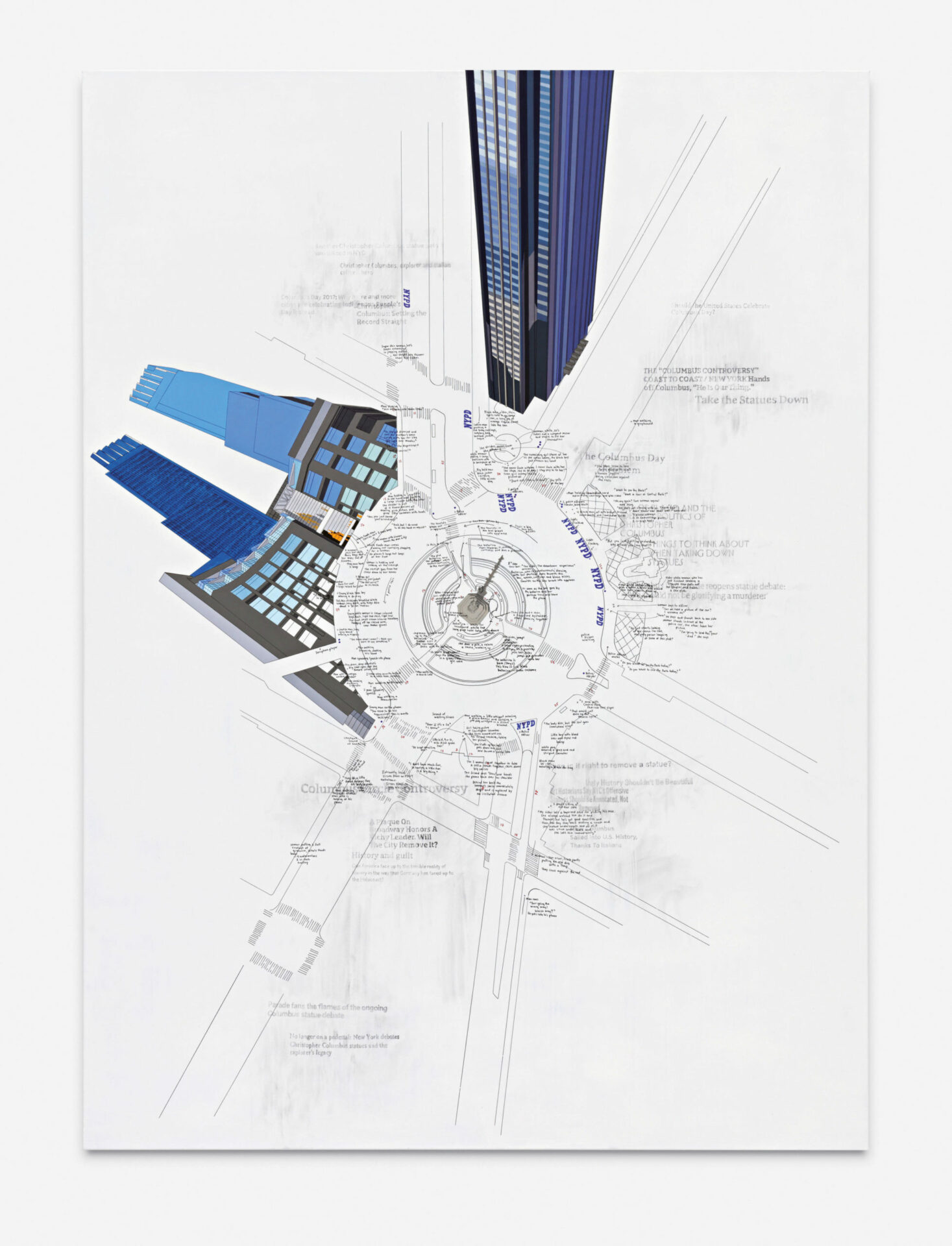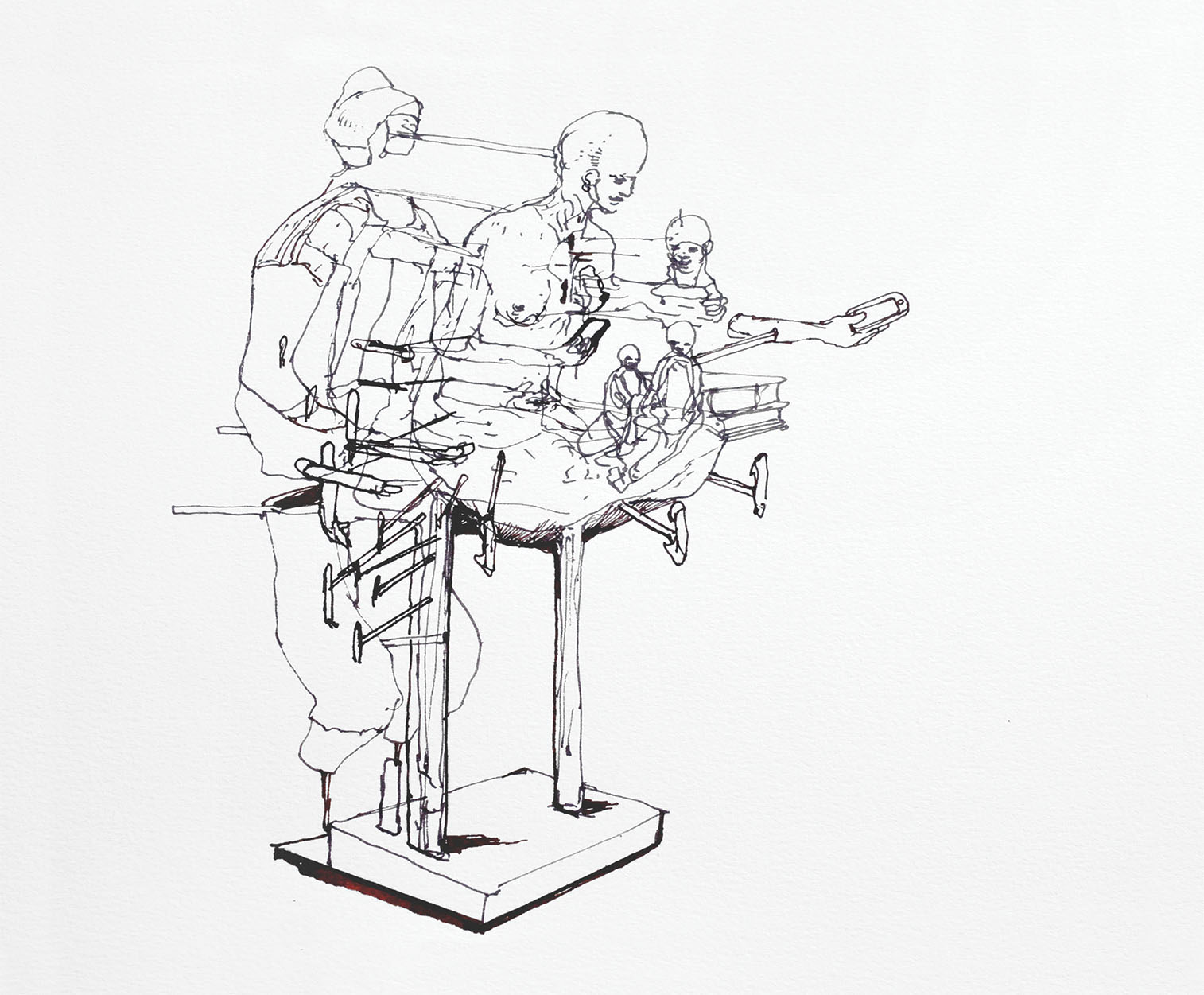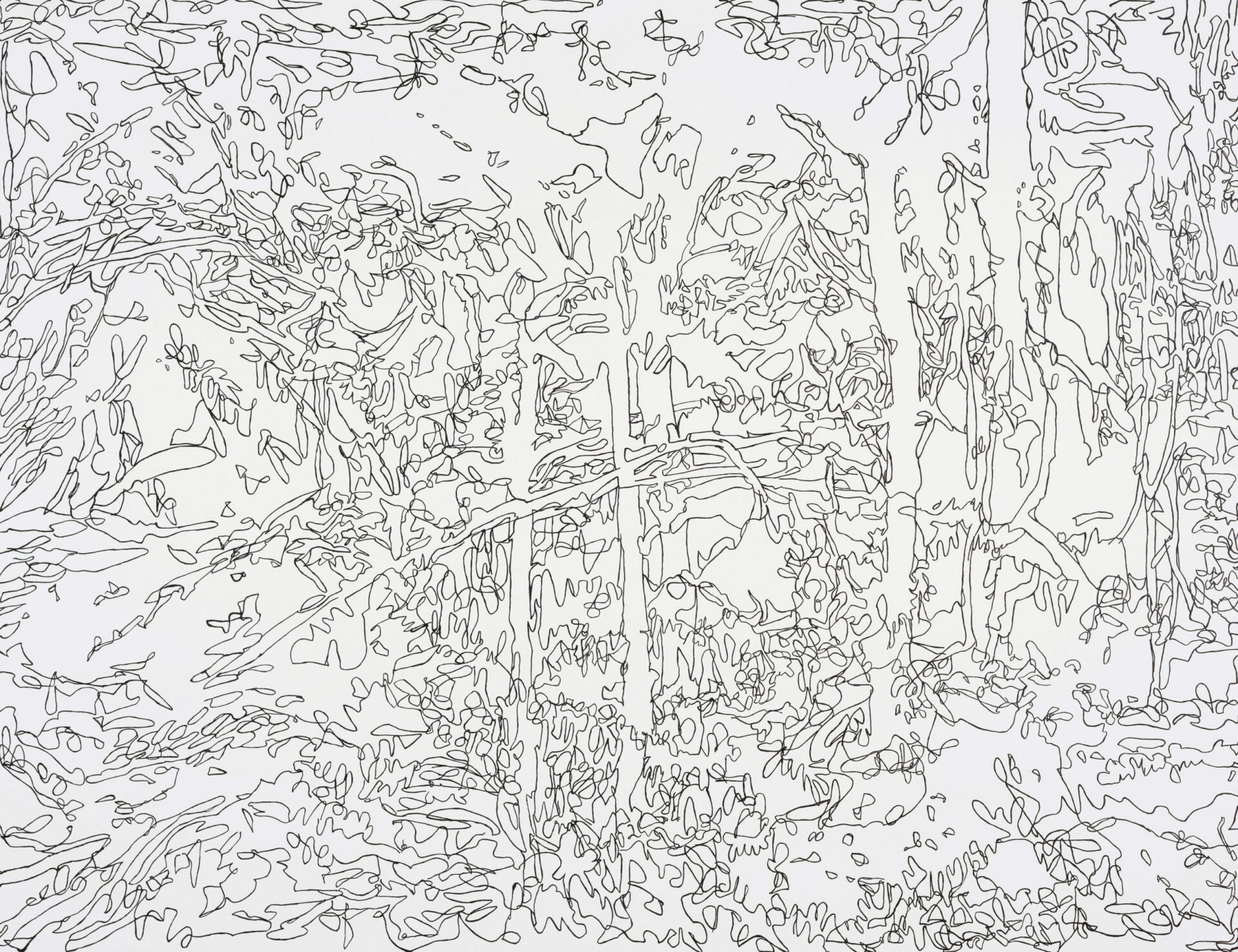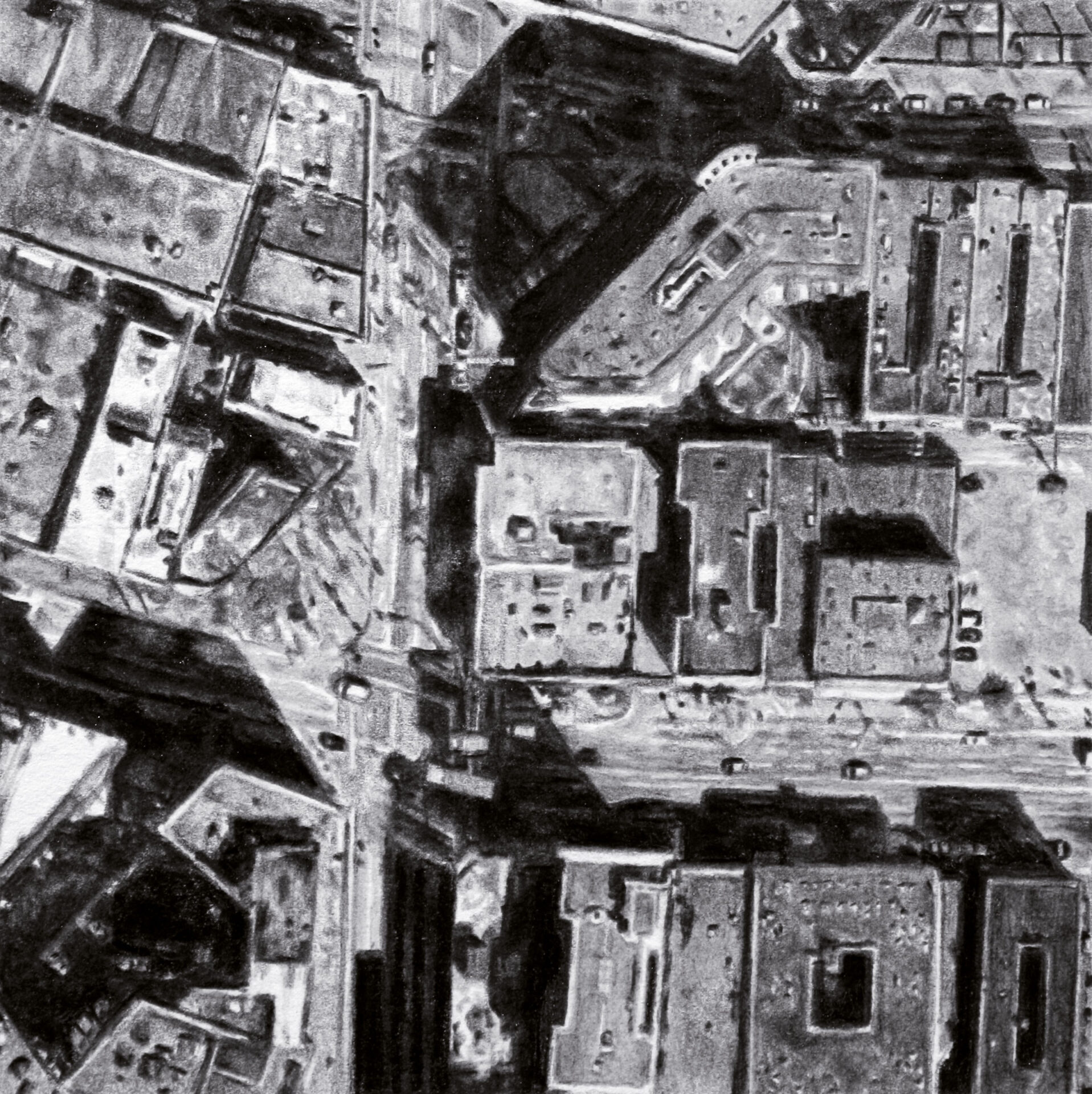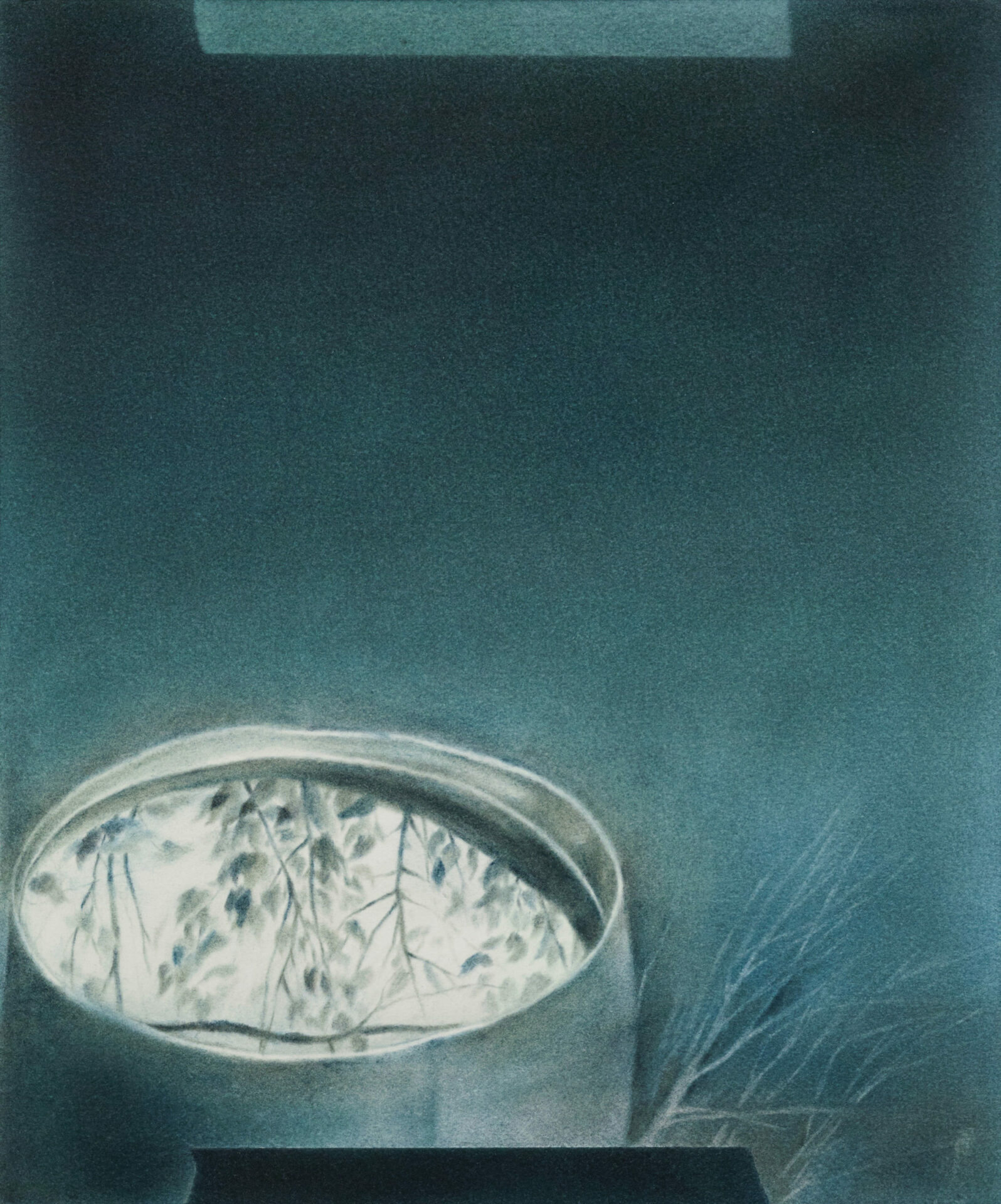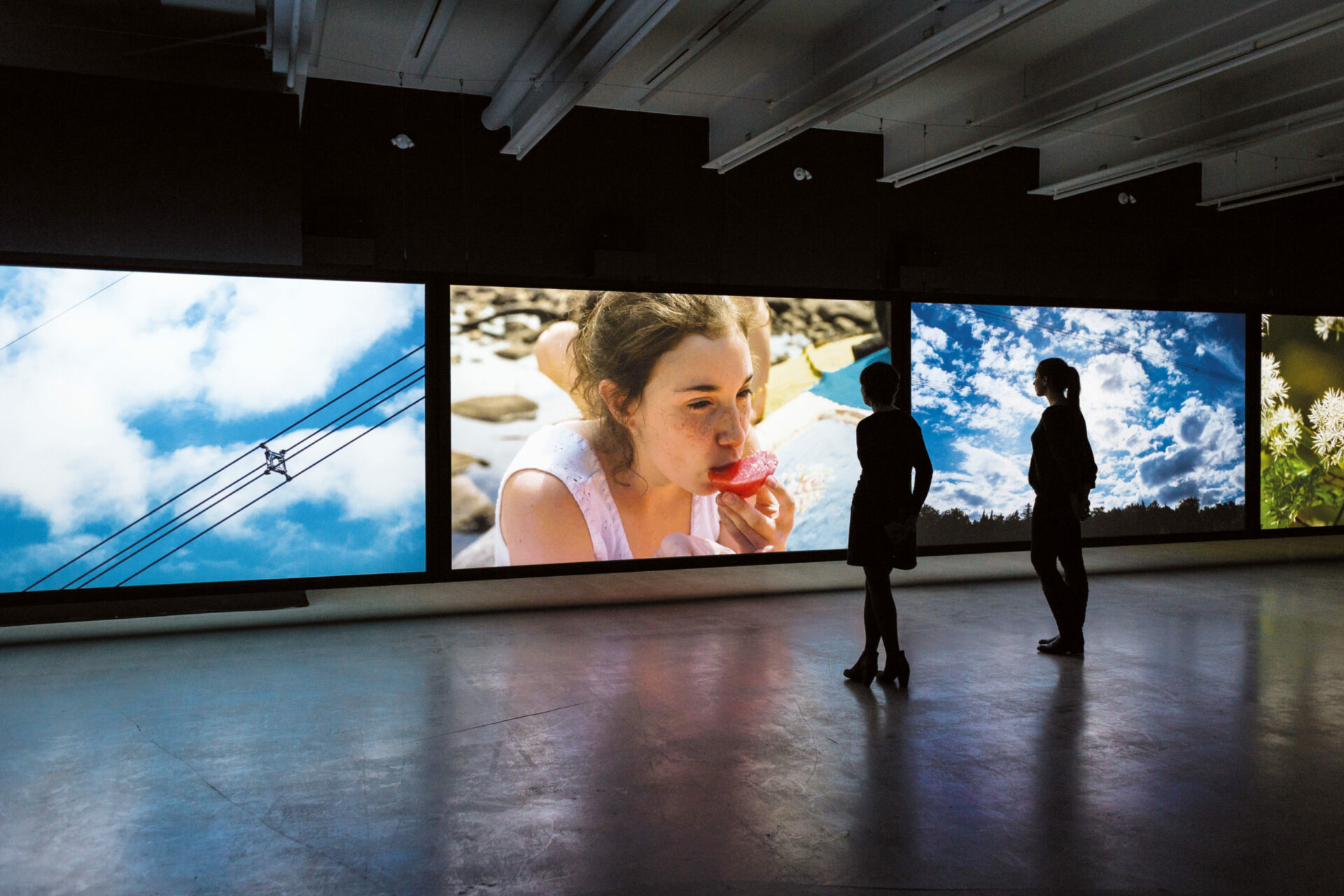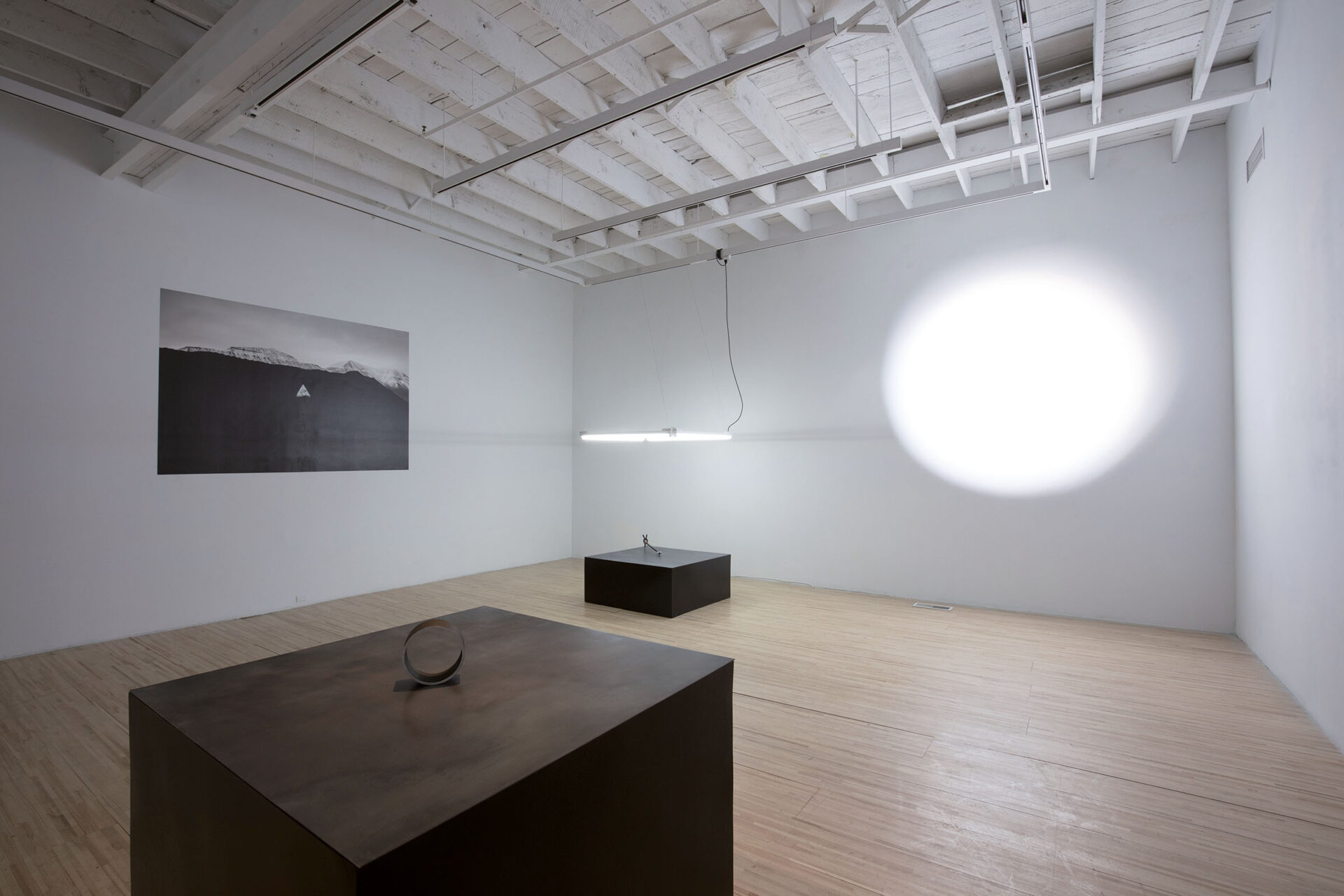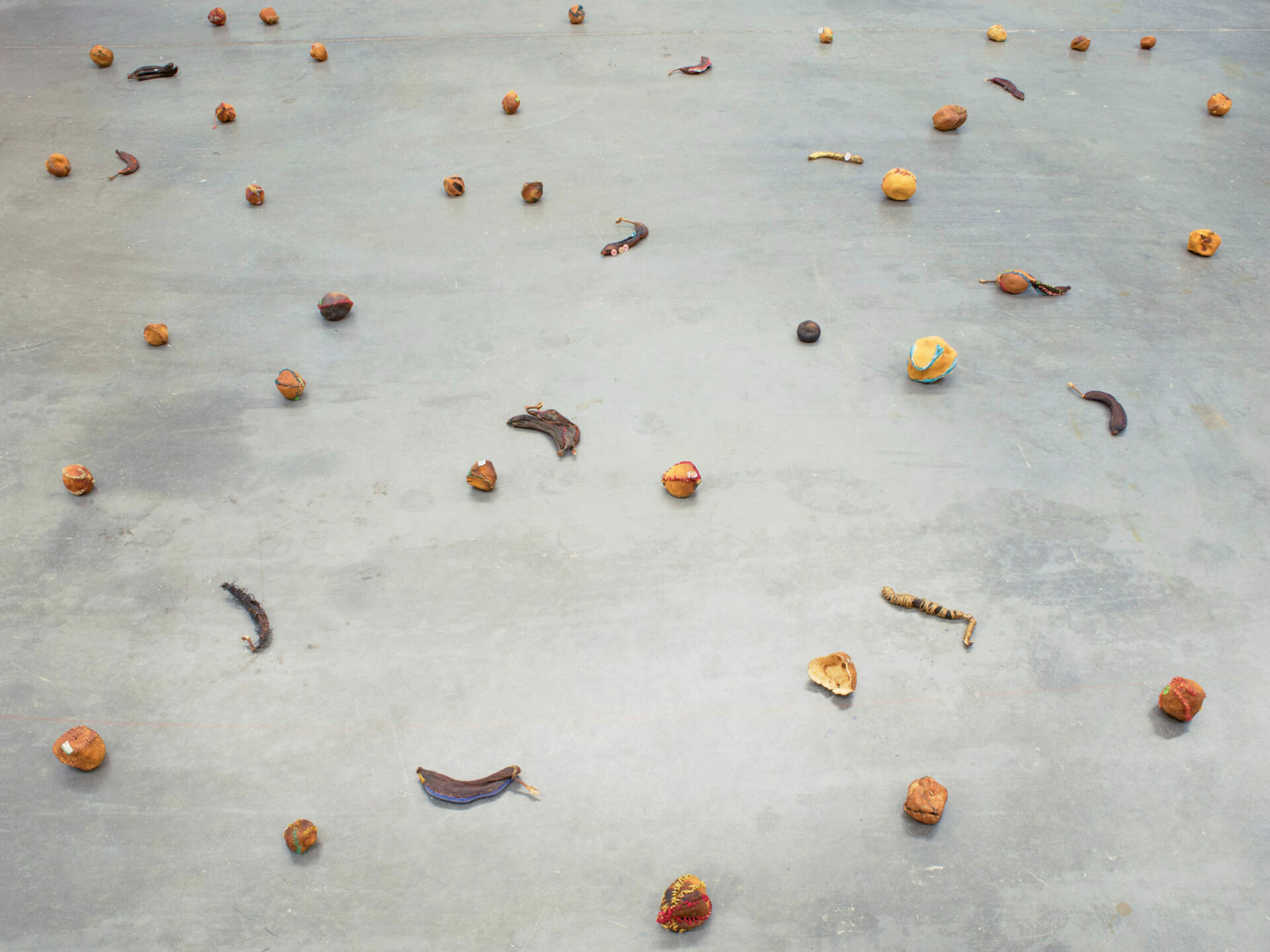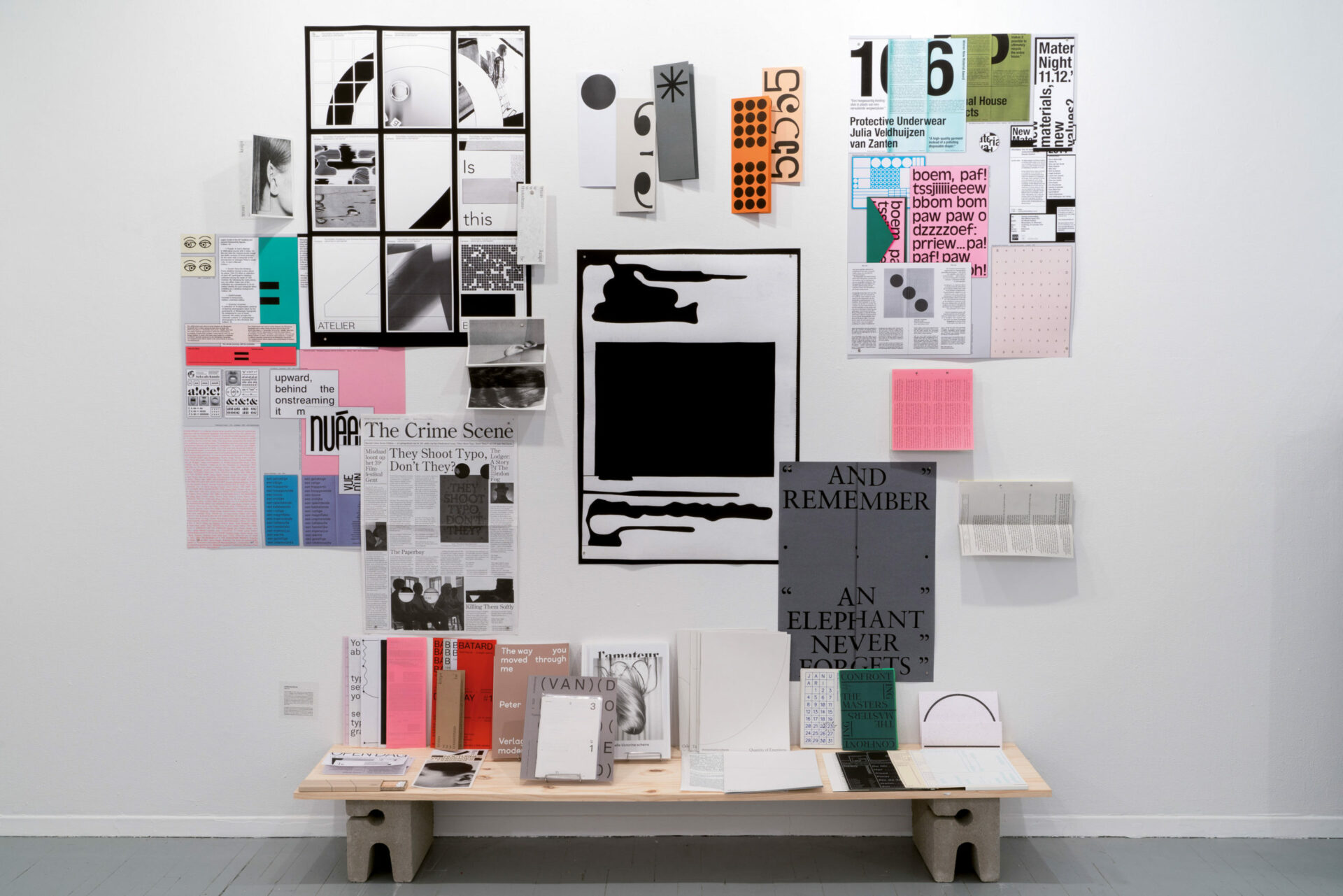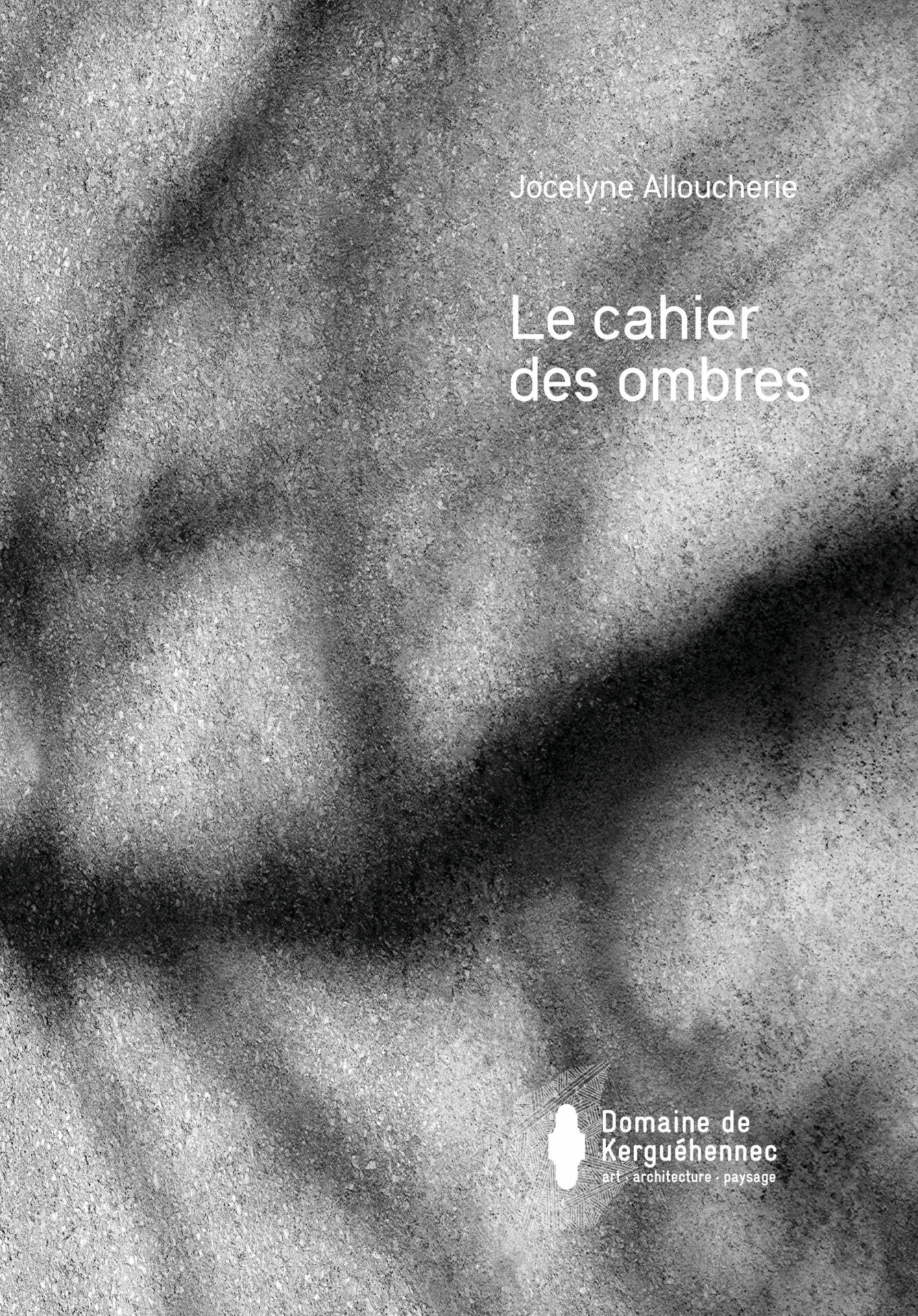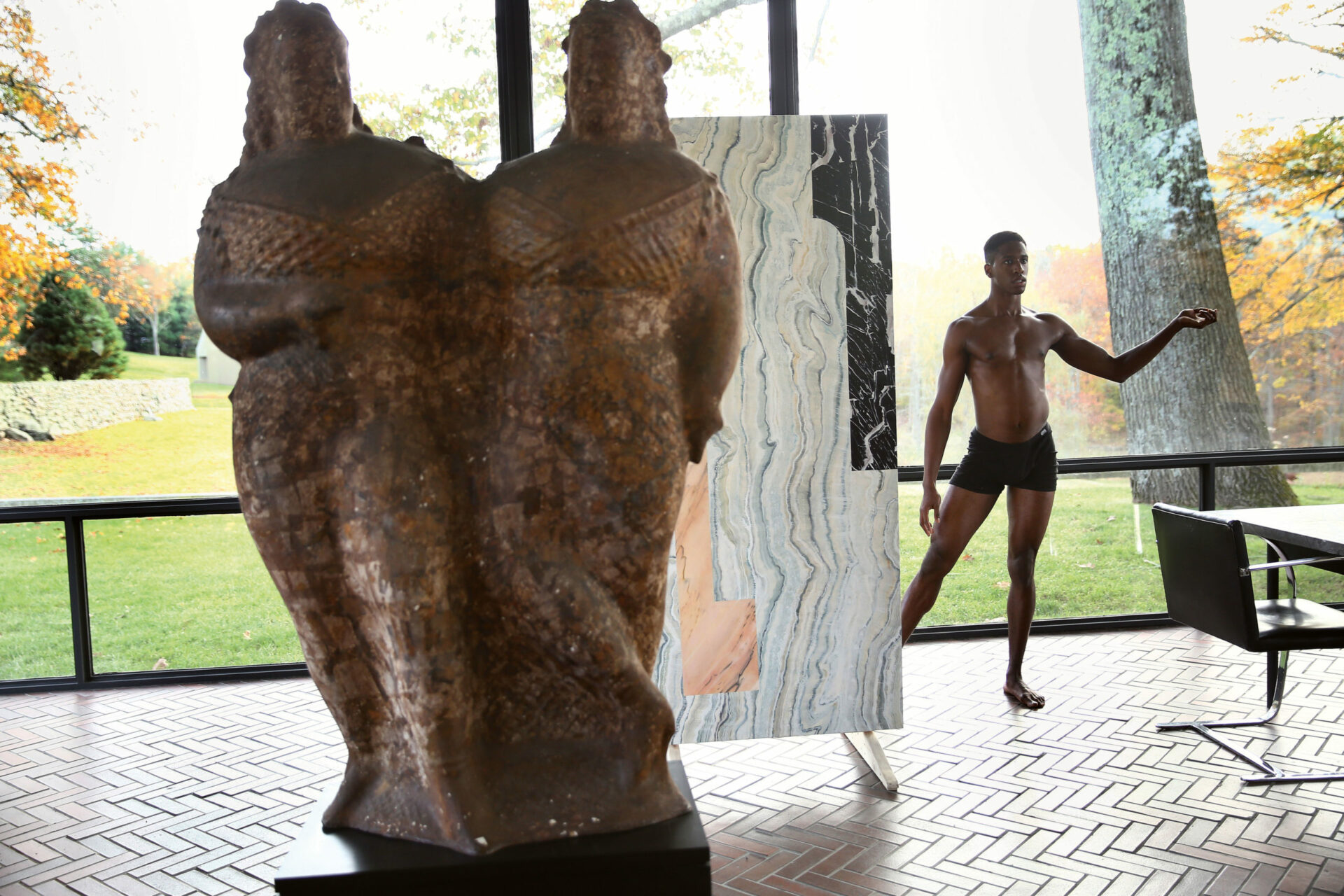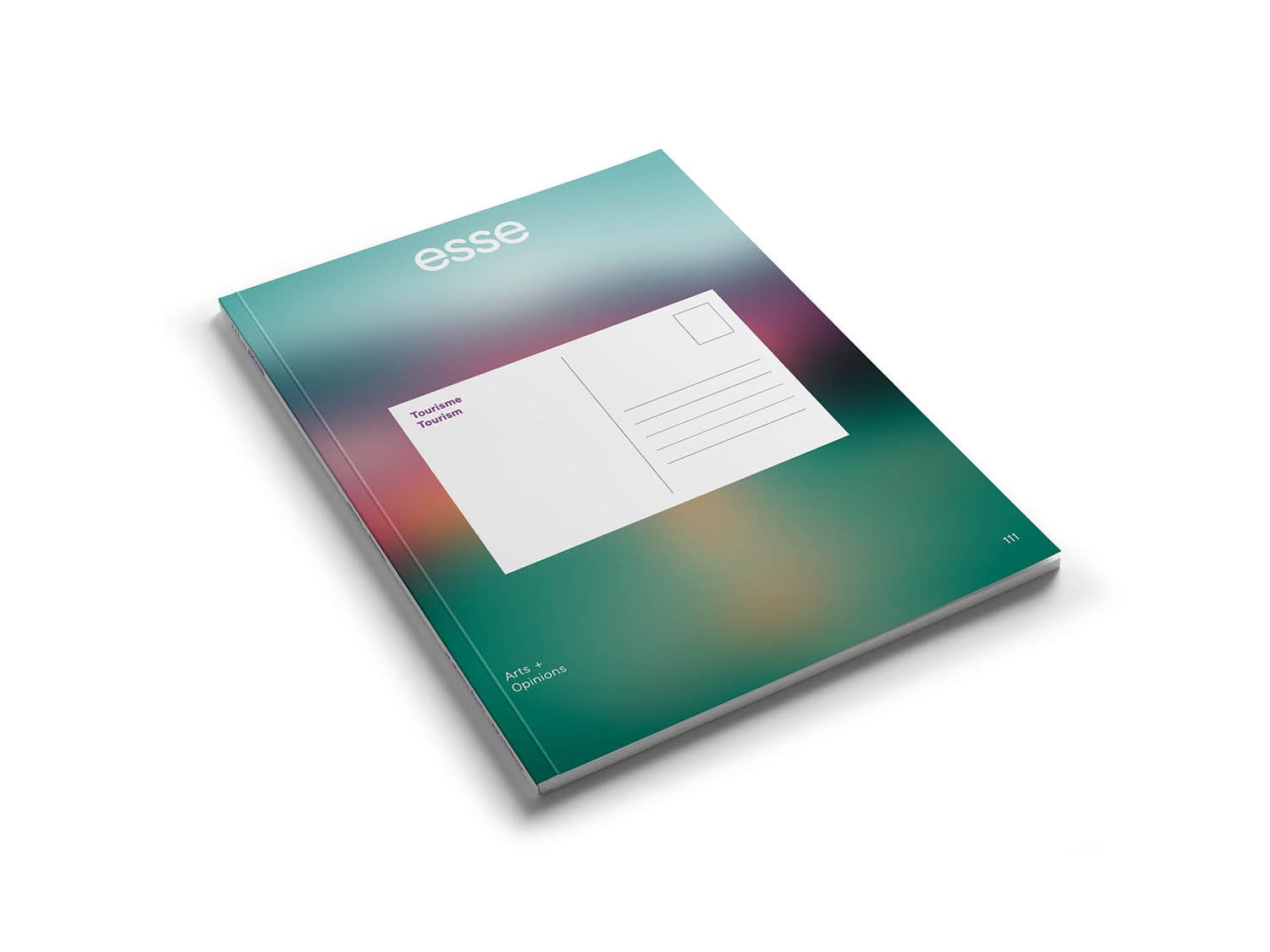Summary
93
Sketch
Spring / Summer 2018
These various modes, which we convene under the term sketch, have a common preparatory function and consequently, a status of incompletion. The sketch leads to a wide range of strategies and gives rise to new research on the materiality, temporality, and spatiality of a work. To do this, it still takes the traditional route of drawing, painting, and sculpture, and sometimes of new technologies, while also referring to the outline of a movement or a brief posture. Therefore, we designed this issue to reflect the abundance of possibilities and deliberately break away from an essentially discipline-based approach to drawing, focusing instead on the creative intention found in the sketch and the fluctuations of its outcomes.
Editorial
Feature
Drawing Lines
The Sketch Artist: Interview with François Morelli
Drawing Inuit Satiric Resilience: Alootook Ipellie’s Decolonial Comics
The Sketch in the Work of Frances Stark, Jacolby Satterwhite, and Sue Tompkins
Sketchy Machines: Propositions Around Three Robotic Artworks
Praxis of the Unfinished
Being Brief
Portfolios
Columns
Reviews
Current Issue
Tourism
Spring Summer 2024
Because it is essential for it to be open to the world, art is particularly affected by concerns related to planetary travel. From a position at the intersection of contemporary art, leisure, ecology, and destination culture, Esse no. 111 observes artists’ and critical thinkers’ strategies for revisiting the very notion of tourism. Although the harmful impacts of the tourism industry are beyond question, the thematic section avoids falling prey to tourismphobia and simply pointing out its failures. Rather, this issue offers a guided tour of situations and places where art and tourism converge.
